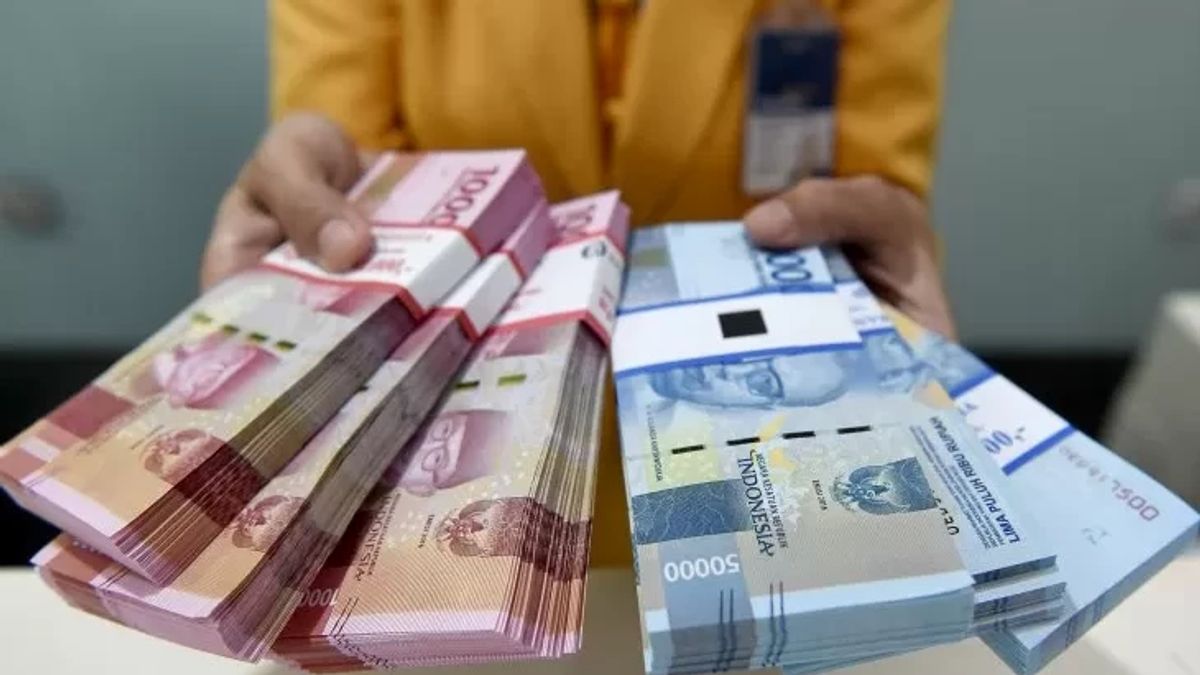JAKARTA - Bank Indonesia (BI) noted that Indonesia's foreign debt (ULN) in January was recorded at 404.9 billion US dollars or Rp. 6,229.39 trillion (exchange rate of Rp. 15,385 per US dollar).
Indonesia's external debt in January 2023 annually contracted by 1.9 percent (yoy). The amount also continued the contraction in the previous month of 4.1% (yoy).
"This growth contraction comes from the government's external debt and the private sector," said Executive Director of the BI Communications Department Erwin Haryono in a written statement, Tuesday, March 14.
The development of the external debt position in January 2023 was also influenced by the change factor due to the weakening of the US dollar to the majority of global currencies, including the Rupiah.
In January 2023, the government's external debt position was recorded at 194.3 billion US dollars, or on an annual basis experienced a contraction of 2.5 percent (yoy), lower than the contraction in the previous month of 6.8 percent (yoy).
The development of the external debt was mainly driven by an increase in the placement of portfolio investments in the domestic and international Government Securities (SBN) market along with the increasing positive sentiment of global market participants' trust.
"The government continues to be committed to managing external debt carefully, credible, and accountable, including maintaining credibility in fulfilling the obligations of principal payments and interest on time," he said.
Meanwhile, the position of private external debt in January 2023 was recorded at 201.2 billion US dollars, or on an annual basis experienced a contraction of 1.5 percent (yoy), continuing the contraction in the previous month of 1.8 percent (yoy).
The growth of external debt companies instead of financial institutions (non-financial corporates) contracted by 1.1 percent (yoy), lower than the contraction in the previous month of 1.5 percent (yoy).
In addition, the growth of external institutions in finance companies contracted by 3.1 percent (yoy), deeper than the contraction in the previous month of 2.7 percent (yoy).
Based on the economic sector, the largest private external debt comes from the financial services and insurance sector; processing industry; procurement of electricity, gas, steam or hot water, and cold air; as well as mining and quarrying, with a share of 77.6 percent of the total private external debt.
"Vocational external debt is also still dominated by long-term external debt with a share of 75.2 percent of the total private external debt," he said.
The English, Chinese, Japanese, Arabic, and French versions are automatically generated by the AI. So there may still be inaccuracies in translating, please always see Indonesian as our main language. (system supported by DigitalSiber.id)










